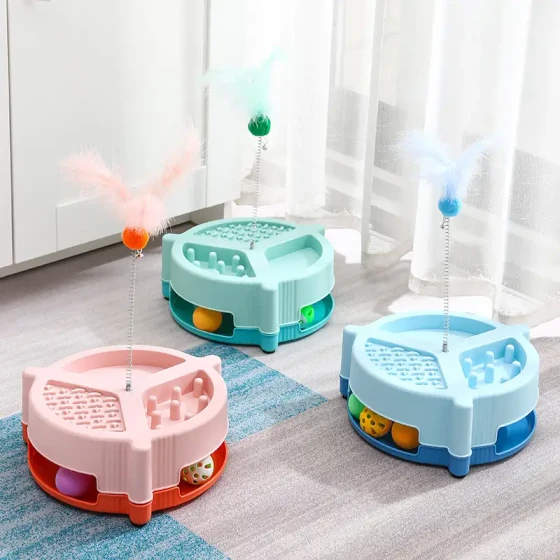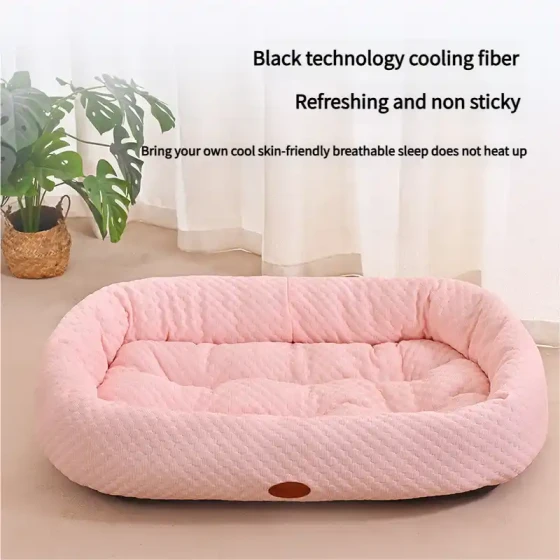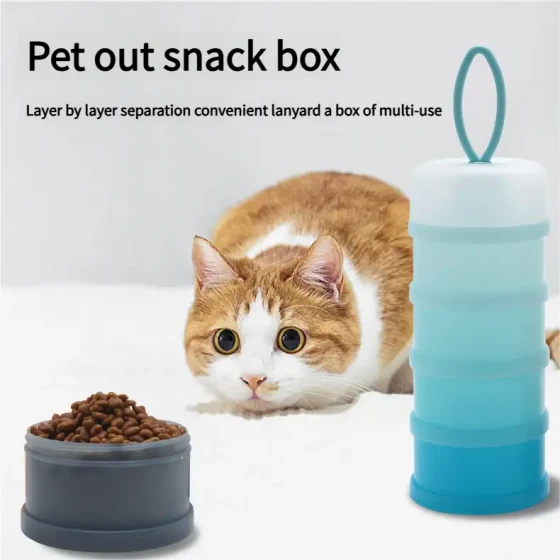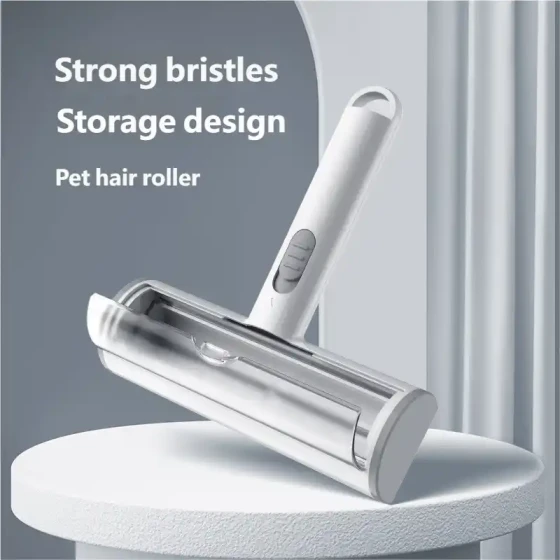Cat died alone at home for 5 days_Risks of solitary cats
This matter is heavy to talk about, but we indeed need to put aside emotions and thoroughly break down and discuss the underlying logic and those hidden dangers that solitary cats face at home.
To be honest, when hearing news like “cat died alone at home for 5 days,” the first reactions are usually shock, heartbreak, then confusion: how is this possible? Aren’t cats said to be very independent? Wasn’t enough food and water prepared? Behind this lies not just a simple feeding problem, but a systematic risk management issue; rather, it is an accumulation of many details that ultimately leads to tragedy.
We often think cats don’t need constant companionship like dogs do; just leaving some food, preparing some water, and locking doors and windows allows us to travel with peace of mind. In many pet travel discussions, there’s even a voice suggesting that leaving cats alone at home for a short time (like one or two days) is better than taking them along and causing trouble. That’s true, but the difference between “short time” and “five days” is qualitative. This is a non-linear risk growth problem, not a simple linear accumulation.
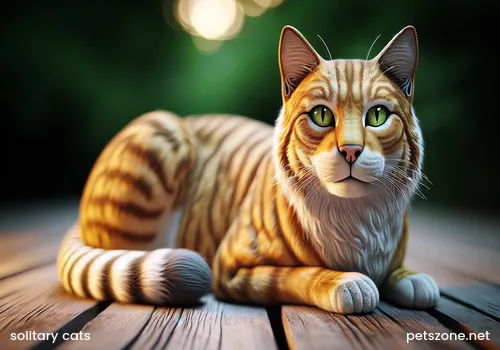
First and most lethal risk: water supply.
You might say, I put out two big water bowls, or I used an automatic water dispenser. Okay, but is that really a guarantee that everything is fine? Setting aside other factors, environmental changes or potential accidents over these days may cause an interruption in water supply.
- Physical accidents: Did the cat knock over the water bowl while playing? Did cat hair or food residues clog the automatic water dispenser? Worse yet, if the water dispenser is electric, even if the power went out just once in these five days, and the dispenser did not restart after the power resumed (as in some models), or if the water level sensor malfunctioned, then it just becomes a nice decoration. Once water supply is interrupted, especially in slightly warmer environments, cats can dehydrate quickly. Don’t forget, cats' ancestors lived in desert areas and have a strong ability to obtain moisture from food, but that doesn’t mean they don’t need to drink water, particularly when eating only dry food. Dehydration can rapidly lead to kidney problems and even systemic failure. Five days is a terrifyingly long time for a life lacking water supply.
- Water contamination/deterioration: Over five days, open water bowls may collect dust or breed bacteria; automatic dispensers may face similar problems. Although cats vary in their pickiness about water, some may choose not to drink dirty water even if thirsty.
Secondly, food issues, but usually not the primary fatal factor.
Starving for five days is indeed painful for adult cats; they become thin and weak, but it usually does not directly cause death unless the cat already has underlying diseases, very poor immunity, or other complications arise from hunger (such as fatty liver, which generally requires longer starvation).
However, food still poses risks:
- Automatic feeder malfunctions: Similar to water dispensers, mechanical failure, dead batteries, outlet blockage, or cats tipping it over.
- Food spoilage: Especially in humid or hot environments, food exposed to air for a long time may spoil.
- Cat behavior: Some cats may binge eat causing vomiting; vomit left unattended for long might become a new health hazard.
Next, various uncontrollable "accidents."
The longer the duration, the higher the probability.
- Home accidents: Will the cat, out of curiosity, crawl into narrow spaces (cabinets, pipes) and get stuck? Will it ingest toxic plants or cleaners by mistake? Could it break something and hurt itself? Could it fall from a height? Issues that can be immediately identified and resolved when someone is home may turn into major crises if left alone for five days, where even small-probability events can escalate without intervention.
- Environmental disasters: Fire caused by short circuits, water damage from burst pipes, sudden earthquakes… though rare, if any happen, they are almost catastrophic for a cat alone at home, leaving no chance of escape.
- Sudden health issues: Cats may suffer sudden illnesses like urinary obstruction (common and fatal in male cats), acute gastroenteritis, heart disease, etc. These illnesses develop rapidly; if no medical treatment occurs within the first few hours or days, consequences are often severe. Five days is enough time for a treatable disease to become irreversible.
Finally, although usually not the direct cause of death, the psychological stress and physiological effects from prolonged solitude should not be ignored.
Though independent, cats are social animals strongly dependent on their environment and routine. Prolonged loneliness and potential environmental changes (such as noise from upstairs renovations or unusual sounds outside the window) may cause anxiety and stress reactions. Severe stress affects their appetite, immunity, and can trigger underlying diseases. This might not directly cause death but reduces their ability to cope with other risks.
Therefore, the death of this cat was most likely not caused by a single factor, but by one or several of the above risks erupting during the five-day window. The most probable causes are water supply interruption or severe sudden illness/accident without timely detection and intervention.
So, for us cat owners who occasionally travel and have "solitary cats" at home, what is the biggest lesson from this event?
It’s not that cats should never be left alone, but we must have a clear awareness of the risks of “long duration” and “solitary cats.”
- Two days or less: For a short weekend trip, usually preparing sufficient food and water (preferably multiple dispersed water sources to prevent tipping, combining automatic and manual), cleaning the litter box (ideally with a backup), securing dangerous items, and locking doors and windows is generally safe.
- More than two days, especially three or more: Risks increase drastically. At this time, relying only on automatic devices is extremely risky. The safest and most responsible choices are:
- Hiring someone for home care: Whether a professional pet sitter or trusted relatives, friends, or neighbors. Their role is not just feeding and litter cleaning but crucially observing the cat’s condition, checking home devices and environment, and able to promptly handle emergencies or take the cat to a vet. This is the only way to greatly avoid all the above risks. Even just visiting once every other day can significantly reduce risks.
- Boarding facility: If the cat adapts well, choosing a highly rated, professional pet boarding service is another solution. Although environmental changes might cause stress, it at least guarantees basic life safety and emergency care.
If, for various reasons, you must leave your cat alone for more than two days and absolutely cannot find someone to visit, your preparations must include "redundancy" and "backups." For example, in addition to an automatic water dispenser, place two or three large, stable water bowls in different locations; besides an automatic feeder, hide some emergency dry food where the cat can find it; before leaving, properly store all hazardous items (medicines, small objects, fragile goods, toxic plants); ensure doors and windows are tightly locked, and no narrow spaces exist where the cat might get trapped. Even so, sudden illness and unpredictable accidents remain huge blind spots.
Ultimately, choosing to keep a pet is choosing a responsibility. The core of this responsibility is to do our best to ensure their safety and welfare even when we are absent. Five days is far too long for a small life that completely depends on humans for survival essentials and a safe environment. The death of this cat is a painful reminder: between convenience and responsibility, sometimes we must make more cautious, conservative decisions. The seemingly foolproof measures often reveal vulnerability when extended over time.
